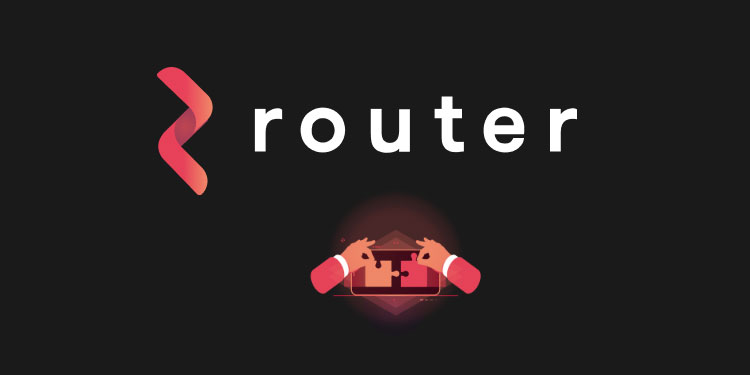Router Protocol, an infrastructure layer enabling communication between blockchains, today announced it has added Optimism and Arbitrum to its platform.
The community can now transfer funds and swap assets across networks with the largest TVL in cross-chain bridges (Fantom, Polygon, Avalanche C-chain, and Arbutrum), in addition to Ethereum, Optimism, and Binance Smart Chain.
These new integrations offer users access to enhanced interoperability features such as:
- Any token to any token swap across chains – most existing solutions only supports transfers. Router Protocol supports any crypto token swap on the network.
- Support for arbitrary tokens – most cross-chain platforms are permissioned where only listed assets can be traded. Router Protocol allows arbitrary token swaps by aggregating liquidity across all the major DEXes on any given chain.
- Mesh Network – instead of building 1:1 bridges that require dedicated links between chains, Router is building a many-to-many mesh network that allows seamless data flow between various chains. Any chain can be added with a few lines of configuration.
- Settlement guarantee – Router Protocol ensures no blocking for user funds and guarantees settlements of all transactions by providing users equivalent amounts of USDC or RUSDC (which can be redeemed 1:1 for USDC).
“As two of the most popular L2 solutions on Ethereum, this integration marks significant progress in our mission to connect all L1 and L2 chains. We’re proud to deliver a seamless and secure cross-chain experience to these communities.”
– Ramani Ramachandran, Co-Founder & CEO of Router Protocol
Security is an important focus for Router Protocol, having taken several measures to secure its network. In addition to a bug bounty program with the security platform Immunefi, the project has completed security audits from Certik and Halborn and is currently undergoing a third audit from Hacken.
Moreover, the Router team has several security features built into its network including:
- A modular smart contract architecture – denotes different contracts for functions like liquidity, fees, voting, etc. to separate out functions against monolith structures which is typically followed.
- On-chain validation – the validation is achieved on-chain, which is more secure than protocols using off-chain consensus.
- An Isolated execution module – transactions are executed on a stateless execution pallet that can avoid direct interaction with the bridge reserves. Keeping the reserves isolated from the execution environment prevents malicious entities from accessing the reserve funds.
- A dedicated proxy architecture – Router Protocol retains the option to update the contract in case of any contract vulnerability/bug.
In other developments, the Router Protocol team recently announced a governance proposal inviting the community to decide which two EVM chains to integrate next. The governance event is an important step in the direction of transitioning Router Protocol into a community-governed project.




















